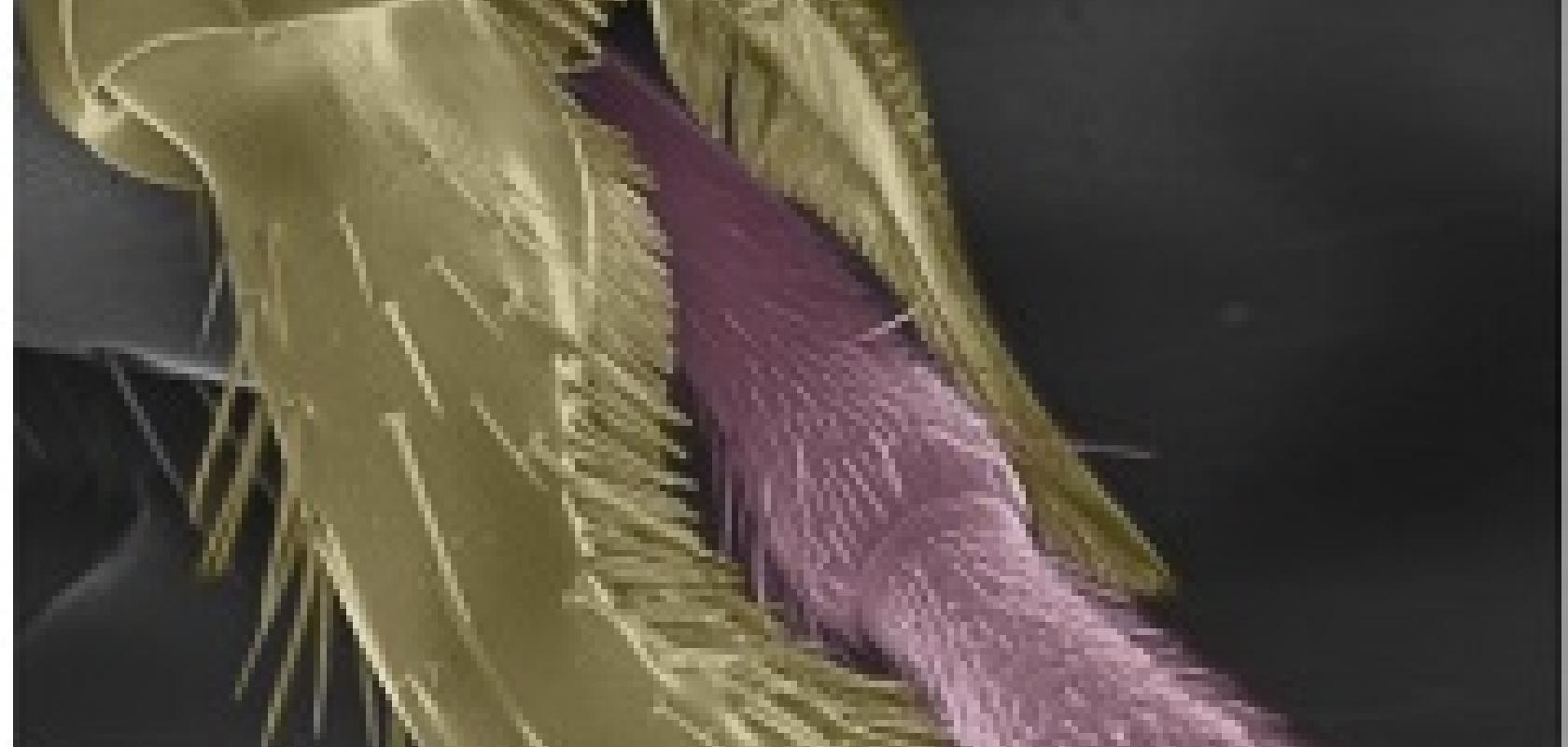Cambridge researchers have shown how ants use microscopic combs and ‘brushes’ to keep their antennae clean using unique mechanical experiments and close-up video. The research could have applications for developing cleaners for nanotechnology.
If an insect can’t keep its antennae clean, it is unable to smell food, follow pheromone trails or communicate. Extremely sensitive hairs on the antennae collect dirt, rendering them unable to perform their function. To avoid this insects spend a significant proportion of their time cleaning themselves but until now, no-one has really investigated the mechanics of how this was actually done.
In a study published in Open Science, Alexander Hackmann and colleagues from the Department of Zoology have undertaken the first biomechanical investigation of how ants use different types of hairs in their cleaning apparatus to clear away dirt from their antennae.
Hackmann explained: ‘Insects have developed ingenious ways of cleaning very small, sensitive structures, so finding out exactly how they work could have fascinating applications for nanotechnology – where contamination of small things, especially electronic devices, is a big problem. Different insects have all kinds of different cleaning devices, but no-one has really looked at their mechanical function in detail before.’
Camponotus rufifemur ants possess a specialised cleaning structure on their front legs that is actively used to groom their antennae. A notch and spur covered in different types of hairs form a cleaning device similar in shape to a tiny lobster claw. During a cleaning movement, the antenna is pulled through the device which clears away dirt particles using bristles, a comb and a brush.

The dirty antenna surface first comes into contact with the bristles (shown in the image in red) which scratch away the largest particles. It is then drawn past the comb (shown in blue) which removes smaller particles that get trapped between the comb hairs. Finally, it is drawn through the brush (shown in green) which removes the smallest particles.
To investigate how the different hairs work, Hackmann constructed an experimental mechanism to mimic the ant’s movements and pull antennae through the cleaning structure under a powerful microscope. This allowed him to film the process in extreme close up and to measure the cleaning efficiency of the hairs using fluorescent particles.
Hackmann discovered that ‘the arrangement of bristles, combs and brush lets the cleaning structure work as a particle filter that can clean different sized dirt particles with a single cleaning stroke.’ He continued: ‘While the bristles and the comb scrape off larger particles mechanically, the brush seems to attract smaller dirt particles from the antenna by adhesion.’
While the bristles and comb are rounded and fairly rigid, the brush hairs are flat, bendy and covered in ridges – this increases the surface area for contact with the dirt particles, which stick to the hairs. Researchers do not yet know what makes the brush hairs sticky – whether it is due to electrostatic forces, sticky secretions, or a combination of factors.
Hackmann said: ‘As modern nanofabrication techniques face similar problems with surface contamination, and as a result the fabrication of micron-scale devices requires very expensive cleanroom technology. We hope that understanding the biological system will lead to building bioinspired devices for cleaning on micro and nano scales.’


